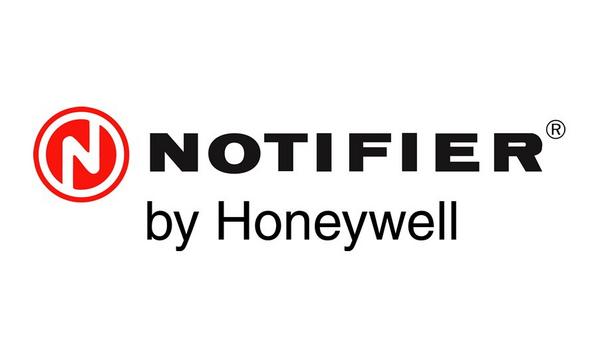In the coming weeks, further restrictions regarding COVID safety may be reduced or completely removed following assessments by governments across the nation.
This poses important steps for fire safety service providers/contractors, including reviewing COVID safety policies in the interest of employee and client safety.
Tips to follow
BAFE would like to offer the following guidance considering the removal or reduction of restrictions:
- Continue to exercise a risk-based approach before visiting a site to perform work. What is the current policy of the client? What requirements are they expecting users to follow when on-site? Do they require evidence of negative rapid lateral flow tests of technicians/engineers? What would users like them to do in helping reduce any risk of possible transmission to the employees?
- Continue to wear a mask, especially when indoors in areas with limited ventilation and/or high capacity of people within the space available. The World Health Organisation (WHO) continues to recommend mask-wearing “as part of a comprehensive strategy of measures to suppress transmission and save lives”. Government notes “to help reduce the spread of COVID-19, published guidance will advise that wearing a face covering will reduce personal risk and the risk to others, where users come into contact with people they don’t normally meet in enclosed and crowded spaces”.
- Consider contacting clients with buildings that may require provisions/system maintenance visits before opening at full capacity. The last thing any business would like at this time is the failure of any fire safety provisions in place causing disruption. Are any maintenance visits overdue? Help premises/business management be confident they can now operate “as normal” knowing they have exercised due diligence with their fire safety responsibilities.
Keeping the community safe
BAFE trust that all BAFE Registered Companies will continue to exercise good judgment to keep employees, clients, and other people encountered safely. This includes the now habitual acts of washing/sanitizing hands regularly, keeping rooms well ventilated, wearing masks on-site around others, and importantly as pointed out by Government, “staying at home if unwell, to reduce the risk of passing on other illnesses onto friends, family, colleagues, and others in the community”.
Rules vary between each country in the UK. As users begin the roadmap back to a relatively normal environment, BAFE strongly recommends continuing to review risk assessments concerning COVID-19 safety when guidance is updated by the appropriate Government.















